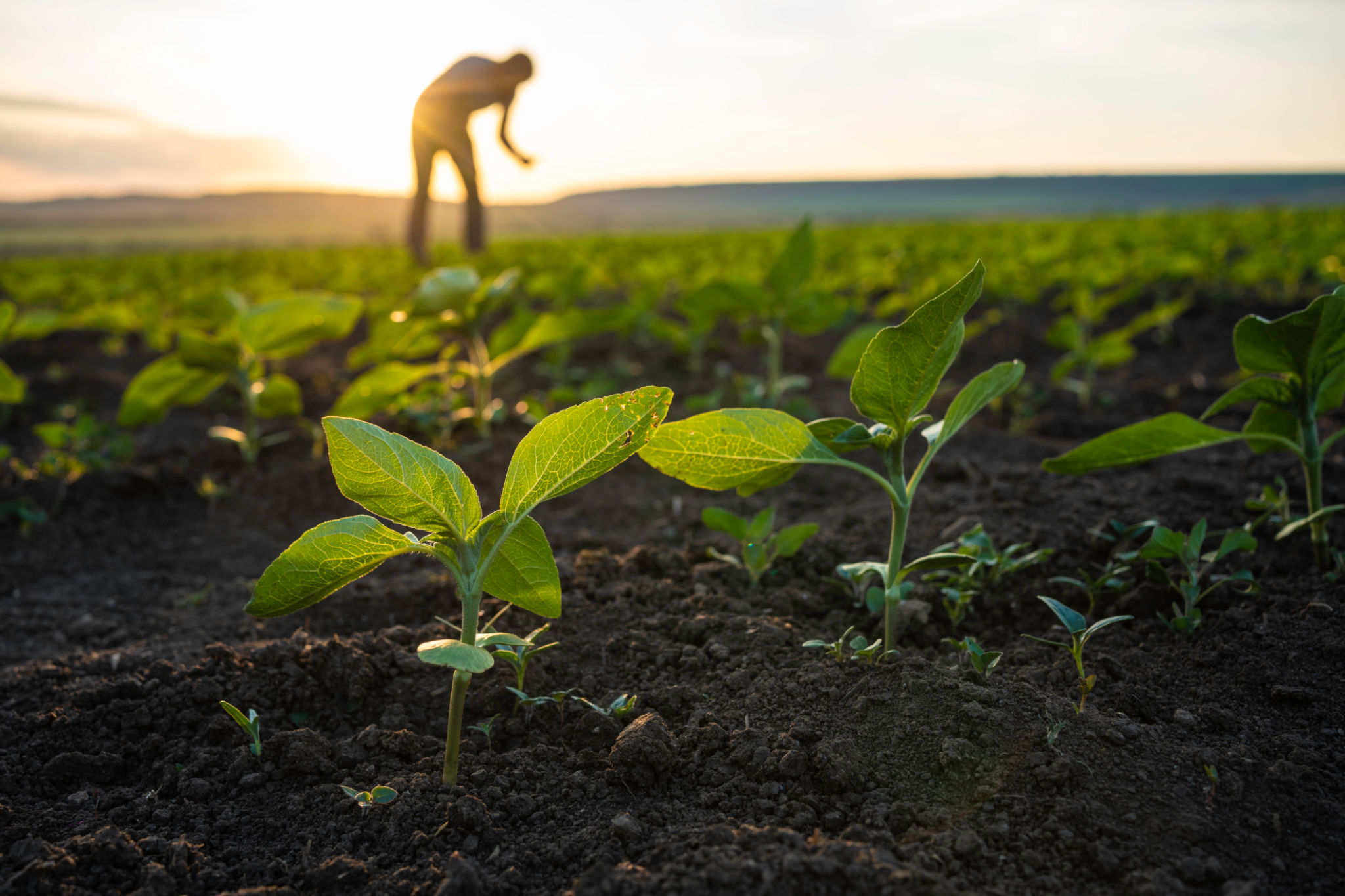Top Mitigation Strategies for Reducing Ecological Risks in Walton County
Understanding Ecological Risks in Walton County
Walton County, with its picturesque landscapes and diverse ecosystems, faces numerous ecological challenges. From coastal erosion to habitat destruction, these risks threaten the county's rich biodiversity. To ensure a sustainable future, it is crucial to implement effective mitigation strategies that address these environmental concerns.
Understanding the unique ecological risks in Walton County is the first step toward developing targeted solutions. These risks are often exacerbated by human activities and climate change, making it essential for local authorities and communities to work together in finding solutions.

Promoting Sustainable Land Use
Sustainable land use is a vital component in minimizing ecological risks. By managing land resources efficiently, Walton County can reduce habitat destruction and maintain ecological balance. Implementing zoning regulations that prioritize green spaces and conservation areas is one way to achieve this goal.
Additionally, encouraging sustainable agricultural practices can significantly reduce the negative impact on local ecosystems. This includes promoting organic farming, reducing pesticide use, and implementing crop rotation techniques to maintain soil health.

Protecting Coastal Ecosystems
Walton County's coastal ecosystems are particularly vulnerable to climate change and human interference. To protect these vital areas, implementing strategies such as restoring natural habitats and establishing marine protected areas is essential. These actions help preserve biodiversity and safeguard the livelihoods of communities that depend on coastal resources.
The use of living shorelines, which utilize natural elements like plants and rocks, can also effectively combat coastal erosion while maintaining the natural beauty of the area. This approach not only protects the coastline but also enhances the habitat for various marine species.

Enhancing Public Awareness and Engagement
Public awareness and community engagement are crucial in implementing successful mitigation strategies. Educating residents about the importance of preserving natural resources and reducing ecological risks can lead to community-driven initiatives that have a lasting impact.
Organizing workshops, informational sessions, and volunteer programs focused on conservation efforts can motivate citizens to actively participate in protecting their environment. By fostering a sense of collective responsibility, Walton County can build a resilient community committed to ecological preservation.

Utilizing Technology for Environmental Monitoring
Technology plays a pivotal role in modern environmental management. Utilizing tools such as remote sensing and geographic information systems (GIS) can provide valuable data for monitoring ecological changes and assessing the effectiveness of mitigation strategies in Walton County.
Implementing these technologies allows for more precise tracking of environmental changes, enabling quicker responses to potential threats. This data-driven approach ensures that resources are allocated efficiently and that conservation efforts are continuously optimized.
- Promote sustainable land use practices
- Protect coastal ecosystems
- Enhance public awareness and engagement
- Utilize technology for environmental monitoring
Collaborating for a Sustainable Future
Collaboration among government agencies, non-profits, local businesses, and residents is critical in achieving long-term ecological sustainability in Walton County. By working together, these stakeholders can develop comprehensive strategies that balance environmental protection with economic growth.
In conclusion, addressing ecological risks in Walton County requires a multifaceted approach that combines policy implementation, community involvement, technological advancement, and collaborative efforts. By adopting these strategies, Walton County can protect its natural treasures for future generations while maintaining a thriving community.